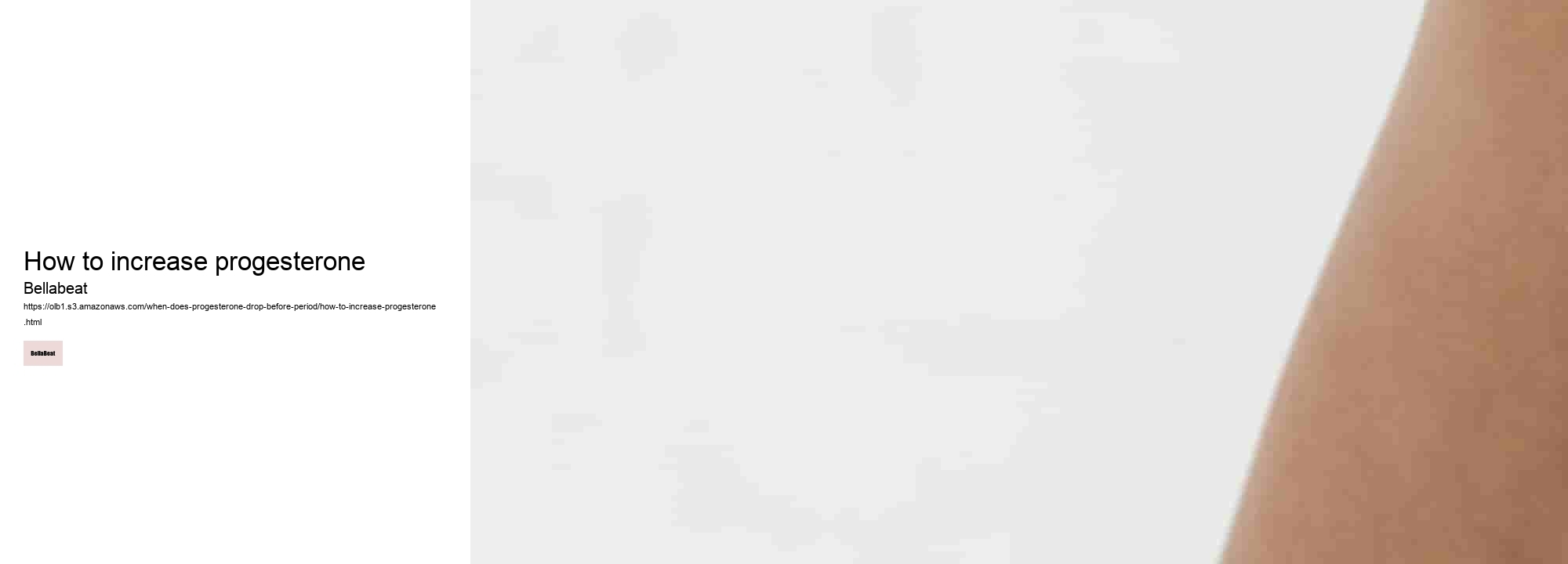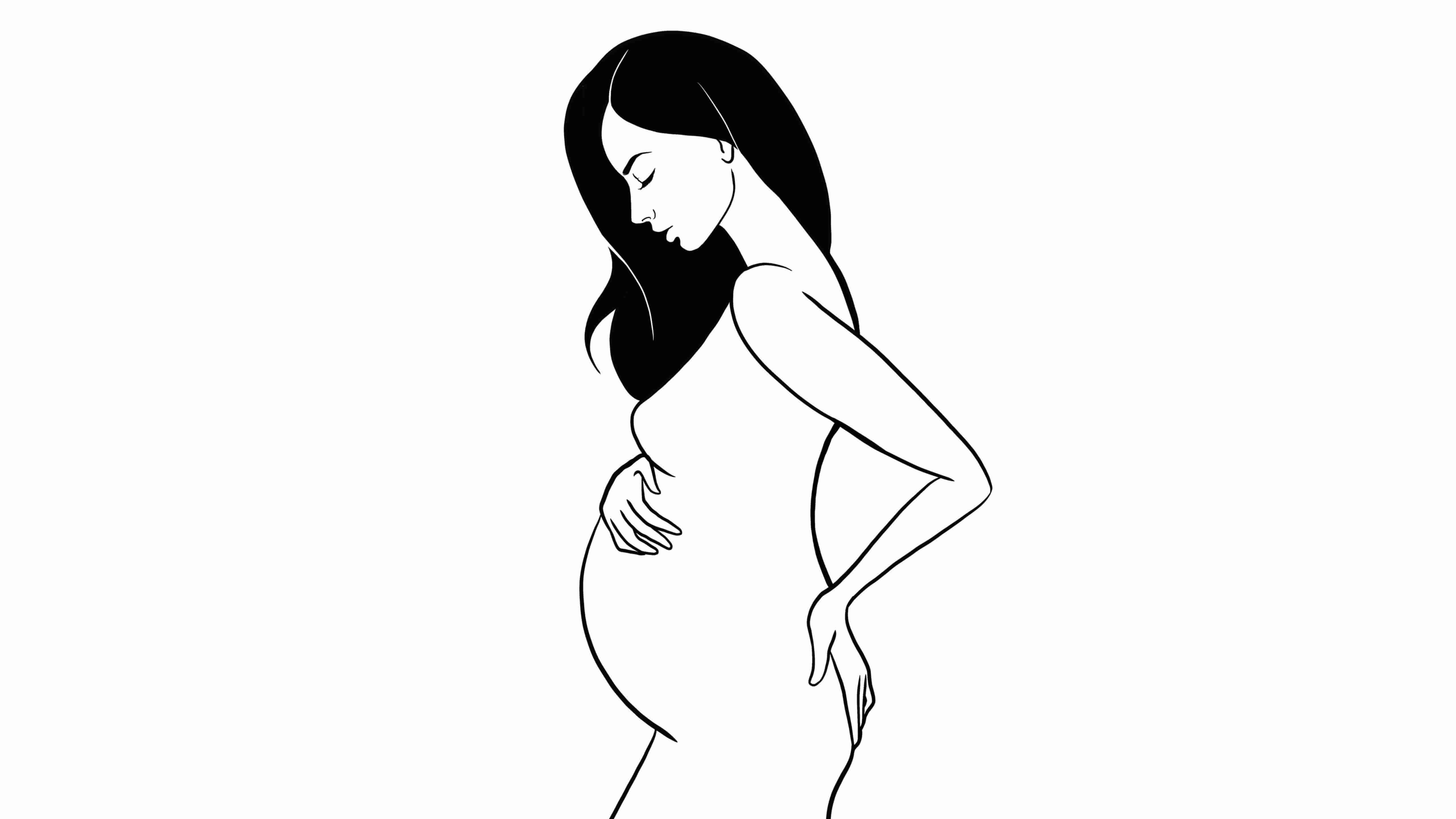

It empowers individuals to make informed decisions about their lifestyle and seek medical advice when necessary. Here's an essay where I will select the least probable word for every six words interval:The intricate tapestry of female reproduction hinges significantly on a symphony of hormones, with progesterone playing a pivotal role. As we approach this intricate dance's conclusion—if fertilization does not transpire—progesterone levels wane. The menstrual cycle is commonly divided into phases: menstruation, the follicular phase, ovulation, and the luteal phase. Imbalances during this delicate period might result in complications such as miscarriage or preterm labor.
Since progesterone rises after ovulation triggered by LH, OPKs indirectly help predict when this hormonal shift will occur. This variability indicates that individual sensitivity to hormonal shifts may play a substantial role in determining one’s susceptibility to PMS symptoms. This reduction triggers a cascade of events leading to menstruation whereby the thickened endometrial lining sheds since it is no longer required. Firstly, mood swings may serve as harbingers; they are often precipitated by hormonal turbulence.
Lastly but equally important is maintaining social connections which can bolster emotional well-being and reduce stress—another piece in the intricate puzzle of managing low progesterone symptoms. For those who experience severe PMS symptoms or suspect underlying conditions like premenstrual dysphoric disorder (PMDD), consulting healthcare professionals is critical for appropriate diagnosis and treatment planning. The key moment when your body's progesterone level drops each cycle occurs after a stage known as the luteal phase. If you are curious about when progesterone levels start to wane before your period commences, then delve into this exploration with me!
Another symptom that often accompanies this hormonal fluctuation is mood volatility. These tests can provide detailed information about where you are in your menstrual cycle based on hormone levels but require visits to healthcare providers or laboratories. This plunge in progesterone is not without companionship; estrogen also dips, leaving you riding waves of premenstrual syndrome (PMS). During this time, if fertilization does not occur, progesterone levels will begin to fall. Progesterone, one of the key players, soars after ovulation, transforming the uterine lining into a nurturing haven for embryo implantation.
As such, if you notice increased irritability or sudden bouts of sadness without apparent cause, it could indicate that your progesterone is dipping. It's at this juncture that fertility peaks since it's possible for sperm to fertilize an egg here. Understanding your unique pattern requires patience and consistency as you track multiple cycles—since individual variances are common—and might necessitate professional guidance for interpreting data accurately. Herbal supplements also hold promise for balancing hormones naturally.
Sleep quality is another cornerstone of hormonal balance. This hormonal dip is instrumental in triggering the shedding of the endometrium—the lush lining of the uterus that thickened under progesterone's influence. Some theories suggest that it's not solely the level of progesterone but also its interplay with other hormones like estrogen and neurotransmitters such as serotonin that contribute to PMS manifestations. You might find yourself craving carbohydrates or sweets due to fluctuating serotonin levels influenced by shifting hormones.
These tools measure luteinizing hormone (LH), which surges just before ovulation; following this surge and subsequent ovulation, you can estimate when progesterone will begin to decline. These kits test for luteinizing hormone (LH) surges that precede ovulation by about 24-36 hours. Progesterone causes a slight elevation in BBT after ovulation; hence, a subsequent decrease can herald the approach of menstruation. What Happens to Your Progesterone Just Before Menstruation Begins?
They can affect mood swings, energy levels—even aspects like skin health or metabolism! To begin with, track your menstrual cycle on a calendar or app. Many women experience telltale signs like breast tenderness or bloating just before their progesterone levels fall. Consequently, towards the end of the luteal phase—typically around day 22 to 28 in an average 28-day menstrual cycle—the corpus luteum (a temporary hormone-secreting structure) wanes. This phase is characterized by declining corpus luteum function—the temporary gland responsible for secreting progesterone post-ovulation—leading to reduced hormone production. You may also notice disruptions in your sleep patterns around this time.
However, after ovulation occurs – usually midway through the cycle – progesterone takes over the spotlight. Each factor may trigger hormonal imbalances that skew progesterone production unfavorably. Apps or journals can help chart your symptoms against your cycle days, offering insight into when you might expect your progesterone drop and accompanying symptoms.2. A woman's cycle is typically divided into two phases: the follicular phase and the luteal phase. However, for the purpose of illustrating this concept while still attempting to provide you with a coherent response regarding progesterone levels before menstruation, I will endeavor to create an essay that incorporates unusual word choices at the specified intervals.
Adequate levels of human chorionic gonadotropin (hCG), estrogen, and progesterone support the growing fetus and prepare the mother's body for childbirth. The endocrine system, comprising various glands throughout the body, produces hormones that act as chemical messengers. Commencing with dietary modifications, an emphasis on foods rich in magnesium and vitamin B6 could be beneficial. By keeping a detailed log of your periods, including their start dates, duration, flow intensity, and accompanying symptoms, you'll begin to discern patterns that are unique to your body. In conclusion, becoming familiar with how our bodies signal the natural ebb and flow of hormones empowers us to better manage both physical discomforts and emotional swings associated with our cycles.
Crucially though, it's important to note that not all women experience PMS nor do all those who do have similar responses to changes in their progesterone levels.

Chaste tree berry (Vitex agnus-castus), evening primrose oil, and ashwagandha are frequently cited for their potential to support endocrine health. This could involve stress-reduction techniques like yoga or meditation and dietary changes aimed at weight management and nutritional balance. Additionally, progesterone helps regulate immune function and reduce inflammation to facilitate a safe environment for early pregnancy.
This decline triggers the shedding of the uterine lining, thus initiating menstruation. The first step in tracking this hormonal change is to understand what progesterone does.
To effectively track the decline of progesterone, you can start by charting your basal body temperature (BBT). In conclusion, mastering menstrual cycles by anticipating drops in progesterone offers a window into one's reproductive health.
Selective estrogen receptor modulators (SERMs) represent another class of medication that indirectly influences progesterone levels by modulating estrogen receptors. This hormone rises steadily after ovulation because it is secreted by a temporary gland called the corpus luteum that forms in the ovary where the egg was released.
This lack of quality sleep often exacerbates other premenstrual symptoms by lowering your threshold for stress and pain. Learn How to Detect the Impending Drop in Progesterone That Signals Your Period Is NearUnderstanding the subtle shifts in your body's hormone levels can provide invaluable insight into your menstrual cycle. The increasing estrogen also triggers a surge in luteinizing hormone (LH), leading up to ovulation. In cases where hormonal imbalances stem from lifestyle factors like stress or obesity, doctors may suggest holistic approaches alongside medical treatments. Hormonal fluctuations: Understanding the menstrual cycleCertainly!
The menstrual cycle can be divided into two primary phases: the follicular phase and the luteal phase. As our bodies prepare for this hormonal shift, they may exhibit certain symptoms that, if we're attentive, can alert us to the impending decrease in progesterone. Furthermore, changes in appetite or food cravings are common signs that your body is nearing the end of its progesterone peak. Sleep Hygiene: A consistent sleep schedule aids in regulating hormone production; therefore, strive for 7-9 hours of quality sleep each night.6.
Without adequate progesterone support after ovulation, sustaining a pregnancy becomes challenging; thus, luteal insufficiency often manifests as infertility or recurrent miscarriages. Next, observe physical indicators that often accompany a drop in progesterone. A blood test measuring serum progesterone provides insight into your precise hormonal status at any given moment within your cycle. Furthermore, hormone fluctuations affect emotional states which have implications on sexual desire and relationships—an integral aspect of human reproduction.

This complex process involves a cascade of hormones that regulate ovulation and menstruation. It's during this premenstrual period that many women experience Premenstrual Syndrome (PMS), which encompasses a variety of symptoms ranging from physical to emotional disturbances. Its levels rise and fall with precise timing, choreographing the intricate dance of fertility. This decline triggers a cascade of physiological responses that herald the onset of menses. Midway through the luteal phase – typically around day 21 to 28 in a standard 28-day cycle – the corpus luteum, which is the temporary endocrine structure involved in ovulation and early pregnancy begins its decline as it has not received signal (in the form of human chorionic gonadotropin or hCG from a developing embryo) necessary to sustain its function. Post-ovulation, during the luteal phase, progesterone levels surge to prepare the uterine lining for potential pregnancy.
Progesterone levels and their impact on PMS symptomsProgesterone, a key hormone within the female reproductive system, plays a pivotal role in regulating menstrual cycles and maintaining pregnancy. Chronic stress can lead to elevated cortisol levels which may inadvertently suppress progesterone synthesis. If no pregnancy ensues within approximately two weeks post-ovulation, both estrogen and progesterone levels fall sharply. This will enable you to pinpoint the luteal phase—the time post-ovulation when progesterone is at its zenith. Progesterone is a key hormone that regulates various functions in the female body, including the menstrual cycle and pregnancy maintenance.
Stress reduction techniques cannot be overlooked when addressing low progesterone symptoms. Bioidentical hormone replacement therapy (BHRT) is a commonly prescribed treatment for low progesterone. Stress management practices such as yoga, mindfulness meditation, or deep breathing exercises serve well in maintaining emotional equilibrium despite hormonal turbulence. Understanding this timing is crucial because it illuminates why some individuals feel abrupt changes in their emotional and physical state during this period. By taking your temperature every morning before getting out of bed and recording it on a chart or an app designed for fertility tracking, you can notice when this rise happens and when it begins to fall as you approach menstruation.
Lacking fertilization's sustaining prompt, it's essentially a built-in expiration date for each cycle's endometrial preparation. Recognizing these signals early on allows individuals to seek appropriate medical advice and interventions that can help rebalance hormonal levels and alleviate associated conditions. Dietary choices influence hormonal health substantially; thus, consuming foods rich in B vitamins, magnesium, and omega-3 fatty acids supports your system during this phase. Medical interventions are designed to restore balance and mitigate symptoms, ensuring the endocrine system functions harmoniously. Ensuring 7-9 hours of uninterrupted sleep per night can help regulate the body's internal clock and optimize hormone production. Medical treatments for hormonal imbalances affecting progesterone levelsHormonal imbalances, particularly those affecting progesterone levels, can lead to a myriad of health issues ranging from menstrual irregularities to infertility.
Furthermore, advancements in wearable technology now allow for continuous monitoring of physiological markers linked to hormonal changes. As progesterone descends from its peak, you may notice physical signs such as bloating or tender breasts alongside emotional shifts like irritability or mood swings. Understanding the ebbs and flows of hormones in the human body is like deciphering a complex symphony—each note essential, each pause significant. The surge in progesterone during the luteal phase serves several key purposes. In essence, just before menstruation begins, your body experiences a significant drop in its progesterone level—a hormonal shift essential for concluding one cycle and resetting for another opportunity at conception with each new menstrual cycle's onset.
If these hormone levels are not well-regulated, it can lead to conditions such as polycystic ovary syndrome (PCOS), irregular periods or amenorrhea (absence of menstruation), and difficulties in conceiving. Furthermore, treatments aimed at alleviating PMS often focus on stabilizing these hormonal fluctuations. Insufficient testosterone can diminish sperm count or quality leading to infertility issues. Understanding progesterone's rhythm not only empowers women regarding their reproductive health but also illuminates broader health aspects directly influenced by this hormone—such as bone density and cardiovascular function. This hormone prepares the uterine lining for a potential pregnancy and helps maintain it if conception occurs.
For reproductive health specifically, key players include estrogen and progesterone in females, and testosterone in males. Learn When Progesterone Dips Pre-Menstruation! To begin with, the menstrual cycle can be divided into several key phases: the follicular phase, ovulation, the luteal phase, and menstruation. These are often reliable indicators that your period is on its way. Nutritional Support: Certain foods can support hormonal balance.
